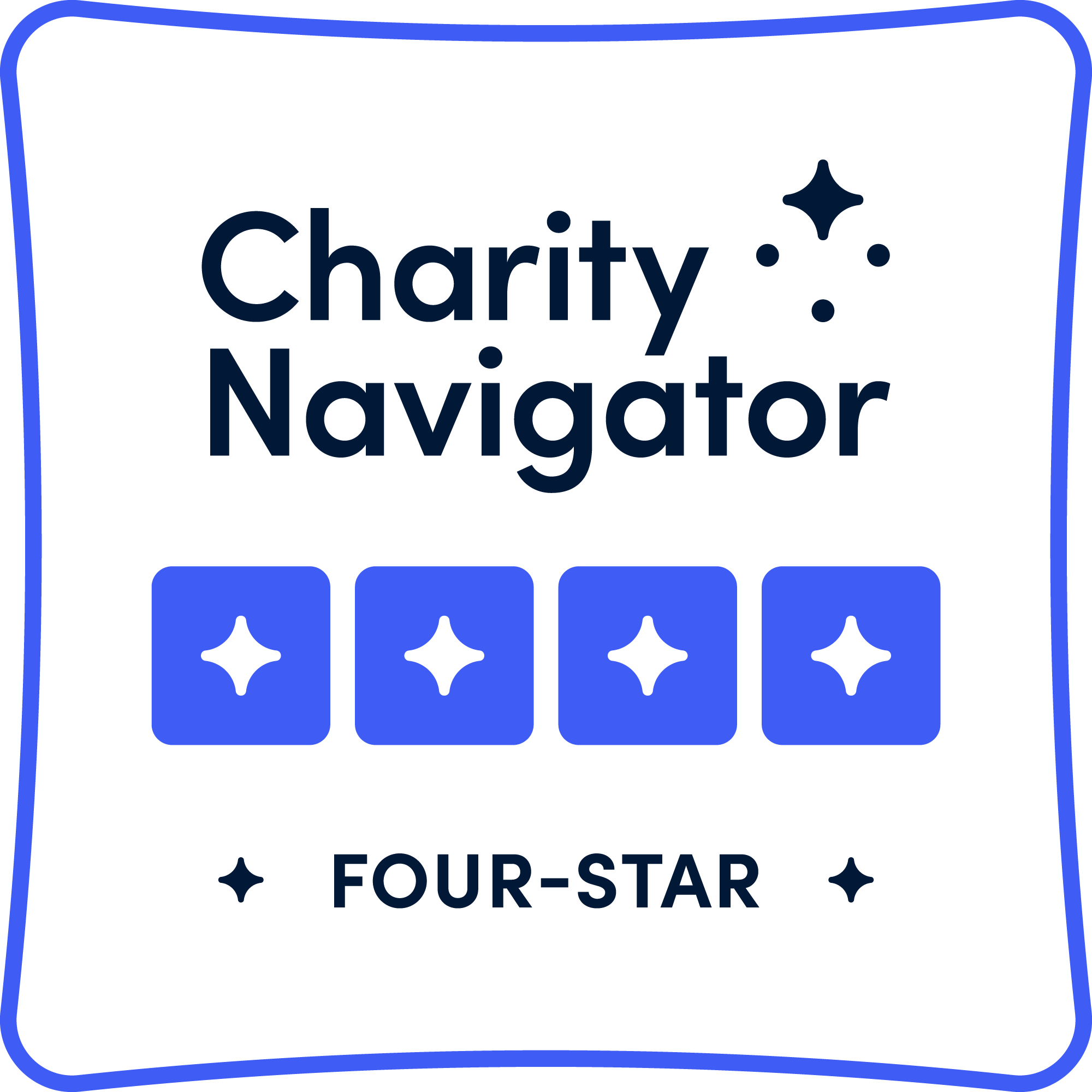Convening for Impact
This February, the Bob Woodruff Foundation (BWF) convened 46 grantees at Bloomberg in San Francisco for two days of collaboration. The event featured workshops, discussions, and a panel event designed to improve how grantees identify, measure and articulate the outcomes of their programs. RAND Corporation experts Rajeev Ramchand and Terri Tanielian facilitated the interactive sessions.
Convening participants found the experience to be invigorating and informative. This convening was an example of how a grant from the Bob Woodruff Foundation provides more than just financial support.
Day One
Bob Woodruff kicked off the day with a heartfelt thanks to all in attendance for their great work and program accomplishments. Dr. Margaret “Meg” Harrell, Director of Programs and Partnerships at the Bob Woodruff Foundation, highlighted the goals and intended outcomes of the convening, before turning the room over to the convening’s facilitators, Rajeev and Terri.
Rajeev and Terri led a discussion using real-world examples of logic models from the attending grantees. The conversation highlighted several aspects of a successful logic model. A logic model should:
- Identify the population a program serves
- Outline the need a program addresses
- List the resources available to the program
- Delineate the activities within the intervention and the individual outputs
- Describe the intended outcomes of the program and the evaluation measures
All of these components should tie back to the evidence-based need that the program aims to address within its target population. Before shifting gears to a discussion of evaluation methods, Lee Woodruff stopped by to energize the room. At the conclusion of the final session, all participants felt empowered to strengthen their program’s logic models and evaluation methods.
After a productive day of workshops, Anne Marie Dougherty, the foundation’s executive director, thanked Terri and Rajeev for sharing their expertise, Bloomberg for hosting, and the grantees in the room for being responsible stewards of BWF funding. She commended the participants on their commitment to quality services, and recognized that sustainable programs are dependent on mutually beneficial partnerships and committed funders. Great programs rely on sharing best practices, experiences, and lessons-learned with peers. Therefore — we closed out the evening with a networking reception.
Sustainable programs are dependent on mutually beneficial partnerships and committed funders. Great programs rely on sharing best practices, experiences, and lessons-learned with peers.
Day Two
After a substance-packed first day, Day Two began with a panel discussion on the “So What?” of impact, moderated by Rajeev. Terri removed her facilitator hat and joined Meg and the President Emeritus of the National Veterans Intermediary, Mary Carstensen, to discuss “What is impact?” and “How is it conceptualized?”.

Terri emphasized the complexity of the word:
“Impact is both a verb and a noun. It’s great to see growth, change, positive difference that is immediately observable, concrete, and tangible. Other impact is harder to observe because it’s over time.”
Jared Lyon, President of Student Veterans of America, suggested that impact can be defined as “thoughtfully and intentionally driving positive change.” The panelists weighed in with their unique perspectives from philanthropy, research, public, and private sectors. Collaborating for impact emerged as a major theme during the discussion, which highlighted the need to recognize the benefits of collaboration and meaningful partnerships to best address the needs of those we serve. “The work behind collaboration is real, and we need to invest in that,” said Mary. “Collaborating allows you to take one veteran and give them what they need, versus looking for the one veteran you can serve.” Partnerships create opportunity, permitting programs to remain true to their mission while still ensuring that program participants receive all of the services they need.

Optimizing Outcome Measures
BWF does not currently require grant applicants to provide a logic model, but we do require all grant applicants to demonstrate logical programs. The convening provided the Bob Woodruff Foundation and our portfolio of grantees a candid forum to discuss logic models, evaluation, and program improvement. As a foundation, we strive to shape the landscape of public and private services not only through through strategic grant making, but also by actively working with stakeholders to strengthen programs and help them achieve the goals they set out to accomplish.
Our Charitable Investments team is proud to have an open dialogue and offer constructive feedback to our partners and those organizations that seek to provide services to our target population. In doing so, we ensure programs employ evidence-based, properly implemented interventions to meet the needs of the post-9/11 military and veteran population, and that programs responsibly steward their resources.
The Bob Woodruff Foundation is always excited for our next cycle of grant recipients. We are confident that the BWF portfolio will continue to include partners who employ best-in-class interventions to ensure that veterans, service members, families, and caregivers continue to thrive after military service.









